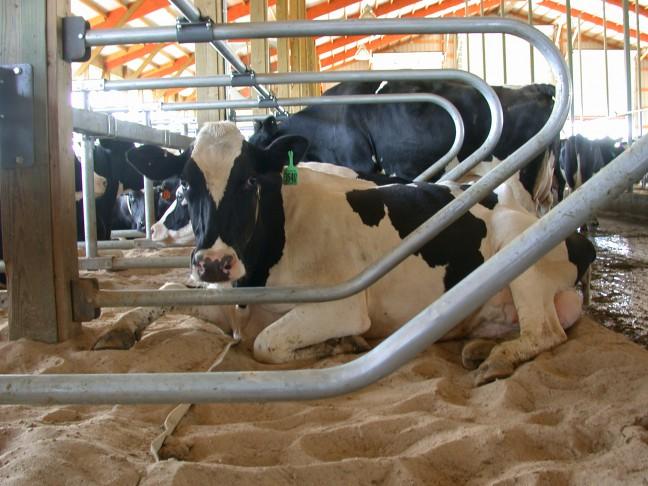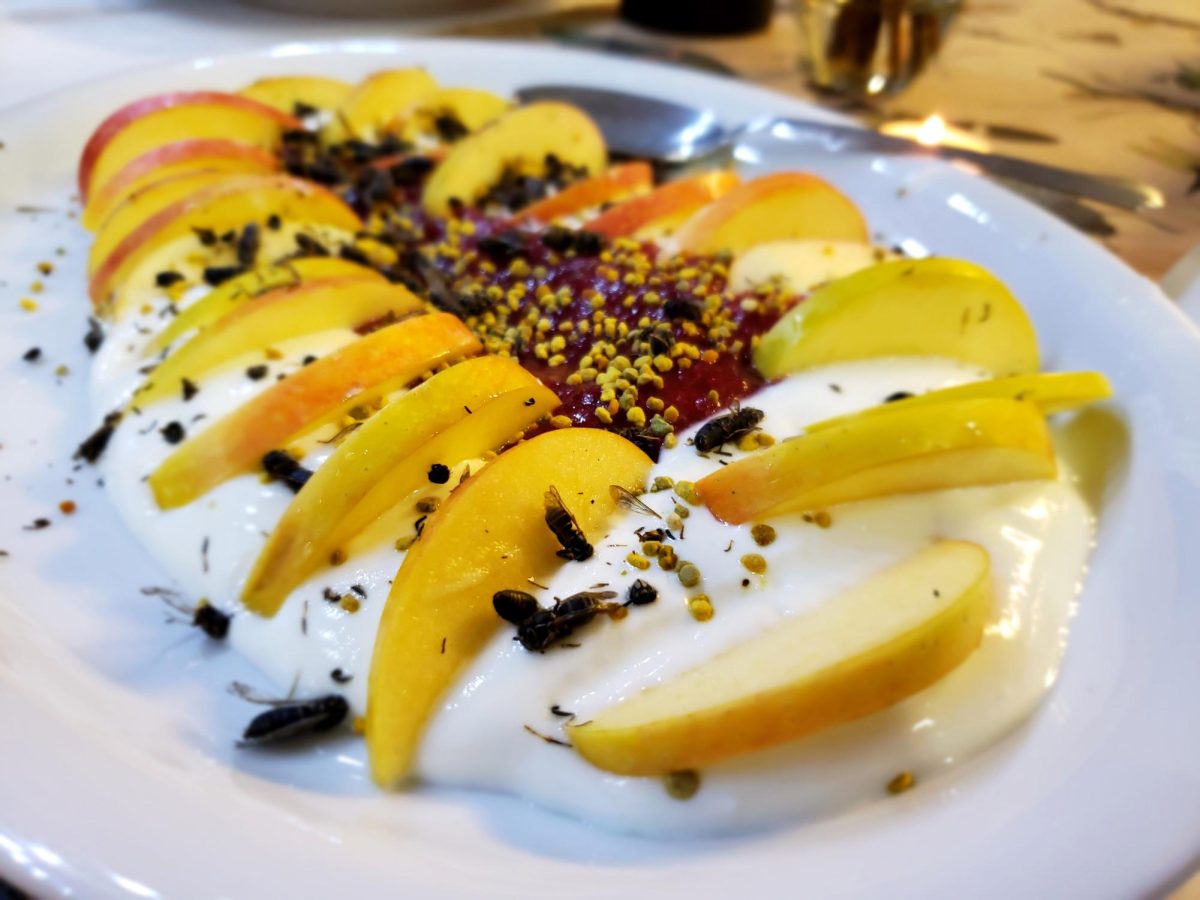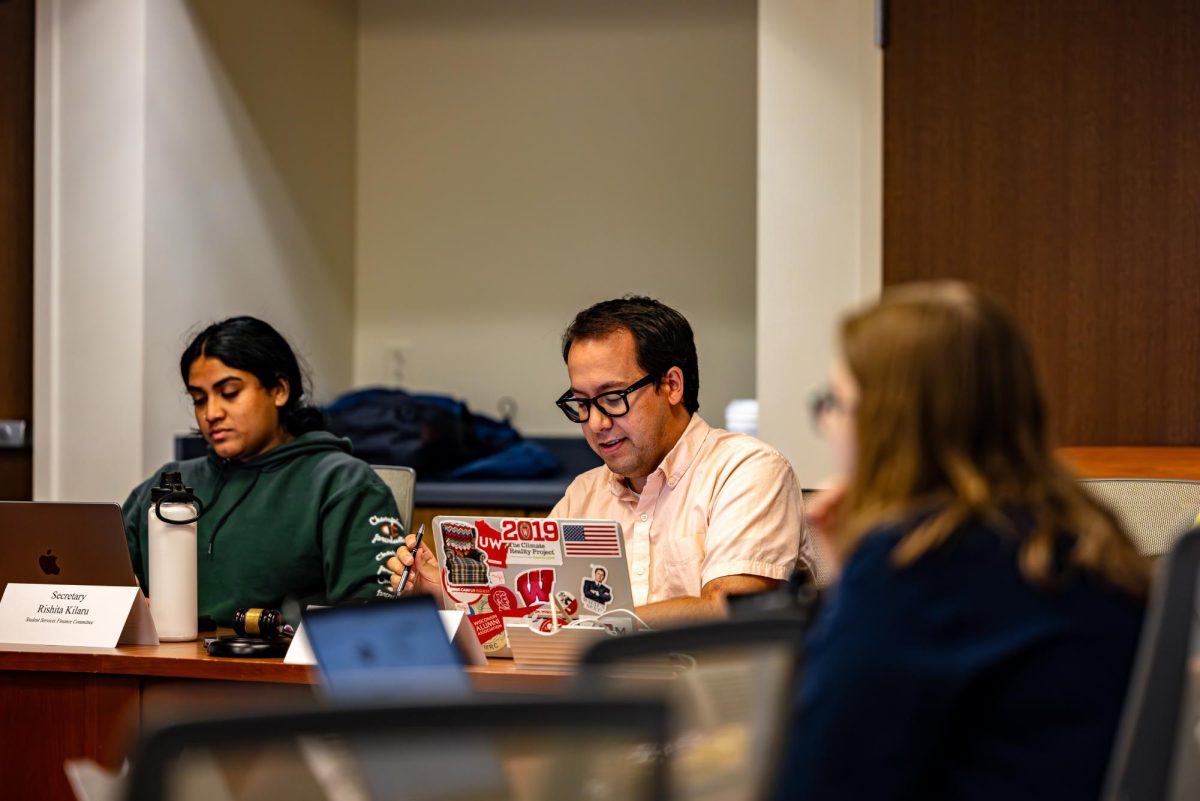Through its website offering recommendations on improving cow housing environments, University of Wisconsin School of Veterinary Medicine’s Dairyland Initiative is helping farmers around the world better their practices.
Professors Nigel Cook and Kenneth Nordlund launched the initiative in 2010 after receiving a grant from UW’s Ira and Ineva Reilly Baldwin Wisconsin Idea Endowment. In 2013, School of Veterinary Medicine spokesperson Nik Hawkins said the initiative received a grant from the Dean Foods Foundation, which allowed the website to be accessed for free by farmers.
“The impact you’ll see is when that research is applied to housing for dairy cows and that milk production improves because the well-being of the cows in those facilities improved,” Hawkins said.
When Cook and Nordlund first started the initiative, it came in response to growing consumer concern about the well-being and housing environments of dairy cattle.
Courtney Halbach, Dairyland associate instructional specialist, said there was also a need for a resource that was easily accessible for people throughout the industry like producers, veterinarians or nutritionists.
Prior to the initiative’s website, all information was published in books. But Halbach said by the time a book is published, its contents may be outdated.
Research has shown a correlation between living conditions and milk production in cows, but Halbach said breaking bank with large additions or new barns isn’t necessary to make needed improvements while seeing better results. One of the initiative’s points of focus is offering options that are economically viable and sustainable for all dairy producers.
For example, the School of Veterinary Medicine created a “free stall,” which allows cows social freedom in their daily routine, but still limits some of their natural tendencies. This design also optimizes the health of the cow by reducing the spread of disease and risk of injury
Halbach said the outreach initiative has been well received because there are a lot of little changes producers can make that will improve the overall health and happiness of their animals, like the free stall.
“When cows are happy and healthy, they produce more milk,” Halbach said.
The initiative covers the industry’s whole spectrum, from farmers with small herds of 10 to 20 cows to farmers with herds in the thousands.
Though the initiative was created in response to consumer concerns, Halbach said producers are more motivated by their own goal of improving the lives of their dairy cows.
Halbach said the dairy industry is in a time of transition, since many farmers are aging — and these farmers are still using the same 20 to 30-year-old facilities. The initiative hopes to improve these facilities and attract the next generation of farmers.


















